We have supplied our GGBS and cement for a wide range of
infrastructure projects
- Ongoing Projects
- Completed Projects
Used in a wide range of infrastructure projects including the construction of highways
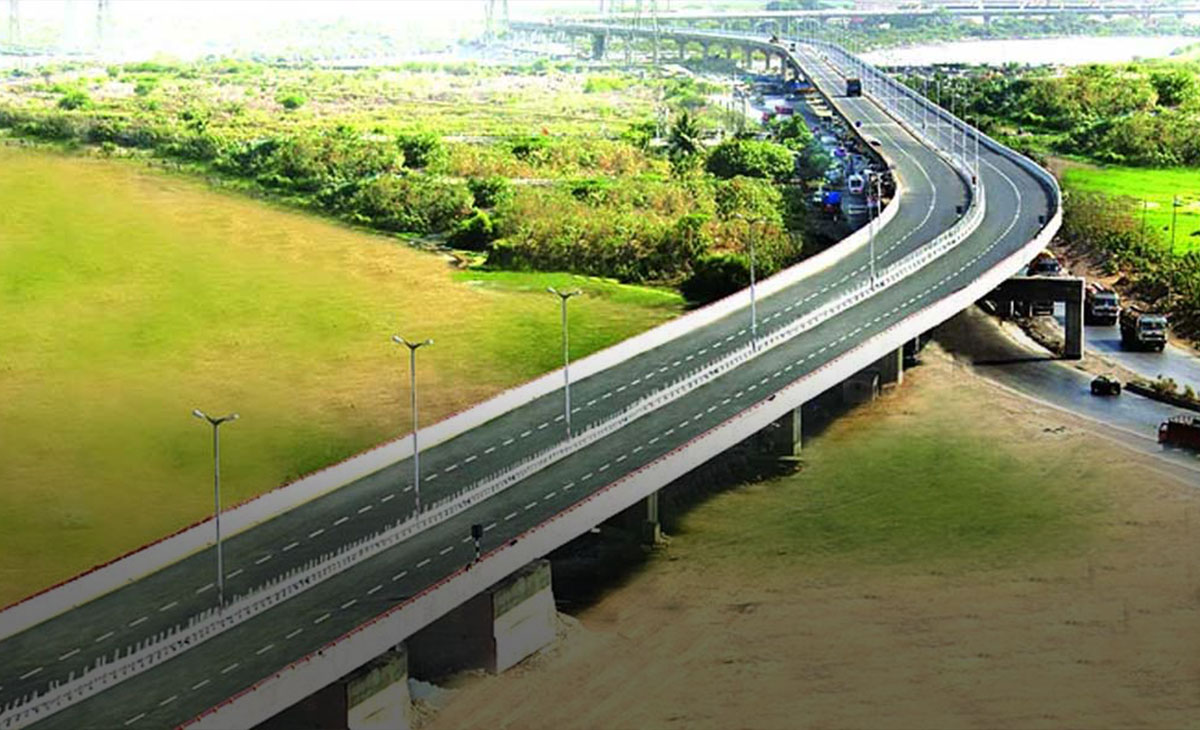
Elevated Eastern Freeway Extension
The Mumbai Metropolitan Region Development Authority (MMRDA) has awarded work to Navayuga Engineering for the 13km long Eastern Freeway Extension project. This is a major infrastructure upgrade aimed at easing traffic congestion between Mumbai and Thane. As part of this expansion, an elevated corridor is being constructed between Chheda Nagar in Ghatkopar and Anand Nagar in Thane. Spanning 12.955 kilometers, the elevated flyover will rise directly above the existing Eastern Express Highway, with three lanes in each direction. The signal-free commute from Mumbai to Thane will help cutting travel time to just 30–35 minutes. It will connect directly with the existing Eastern Freeway, ensuring an uninterrupted journey for vehicles traveling from South Mumbai to Thane. They have lifted around 2995 MT GGBS till date.
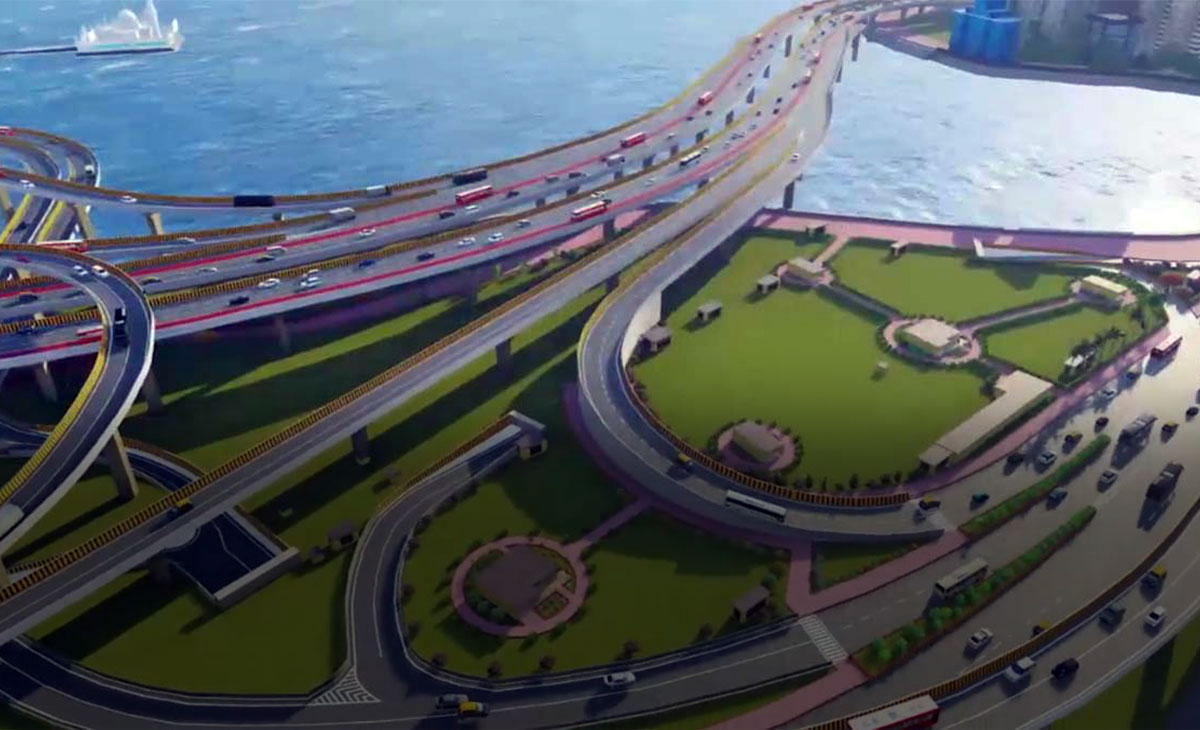
Thane Coastal Road
Navayuga Engineering Company Ltd. (NECL) is constructing 13.45 km Thane Coastal Road.
This 6 lane expressway by Mumbai Metropolitan Region Development Authority (MMRDA) will connect Kharegaon Toll Naka on Mumbai – Nashik Highway (NH-160 / old NH-3) with Gaimukh on Ghodbunder Road (MH SH 42). The 40m wide road will comprise of a 120m long creek bridge and a 6-lane 8.11 km elevated viaduct. Thane Coastal Road project aims to provide an alternate bypass road to Ghodbunder Road and divert traffic – especially commercial (goods) traffic – from entering Thane city. They have lifted around 1786 MT GGBS till date.
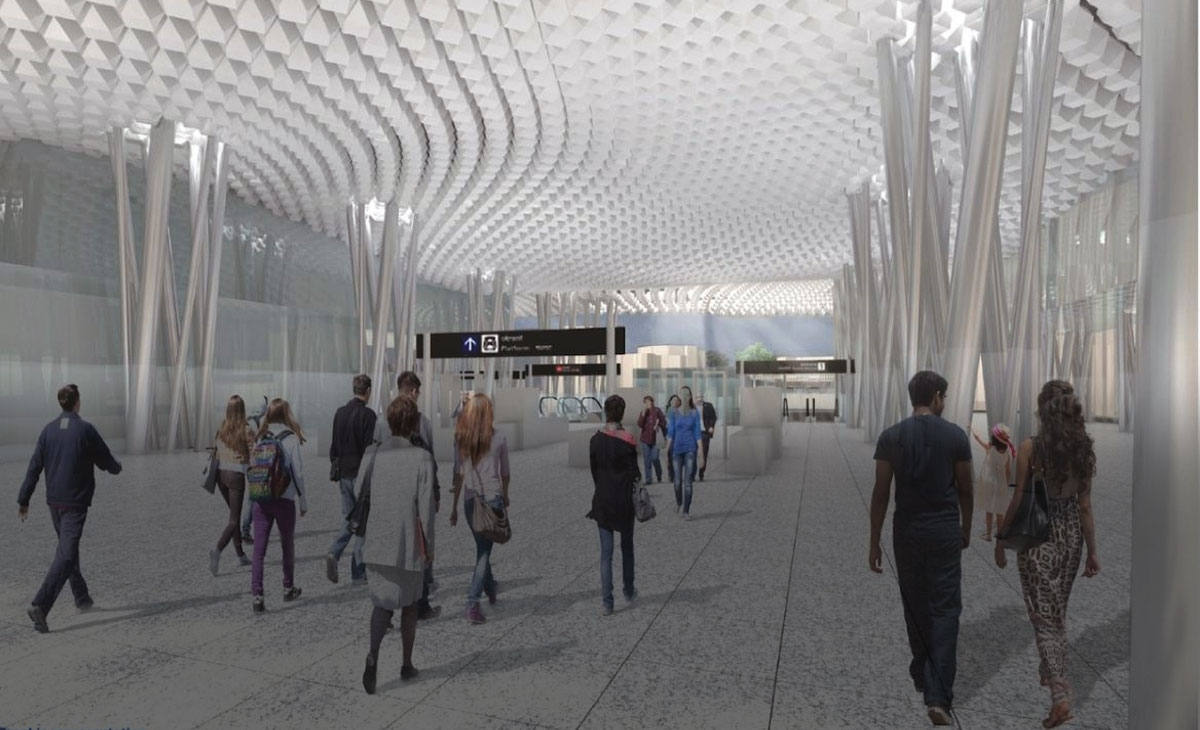
Bandra Kurla Complex (BKC) high-speed rail station in Mumbai
The terminal underground station for the Mumbai-Ahmedabad High-Speed Rail (MAHSR) corridor. Built about 24 meters below ground, it will serve as the only underground station on the corridor, feature six platforms, and be integrated with the Mumbai Metro and other transport modes. The construction is being undertaken by a joint venture between Megha Engineering and Infrastructures Limited (MEIL) and Hindustan Construction Company Limited (HCC), with a completion deadline of March 2028. The project will require around 700,000 cubic meters of concrete, utilizing grades ranging from M20 to M80. They have lifted around 13,000 MT of GGBS till date.
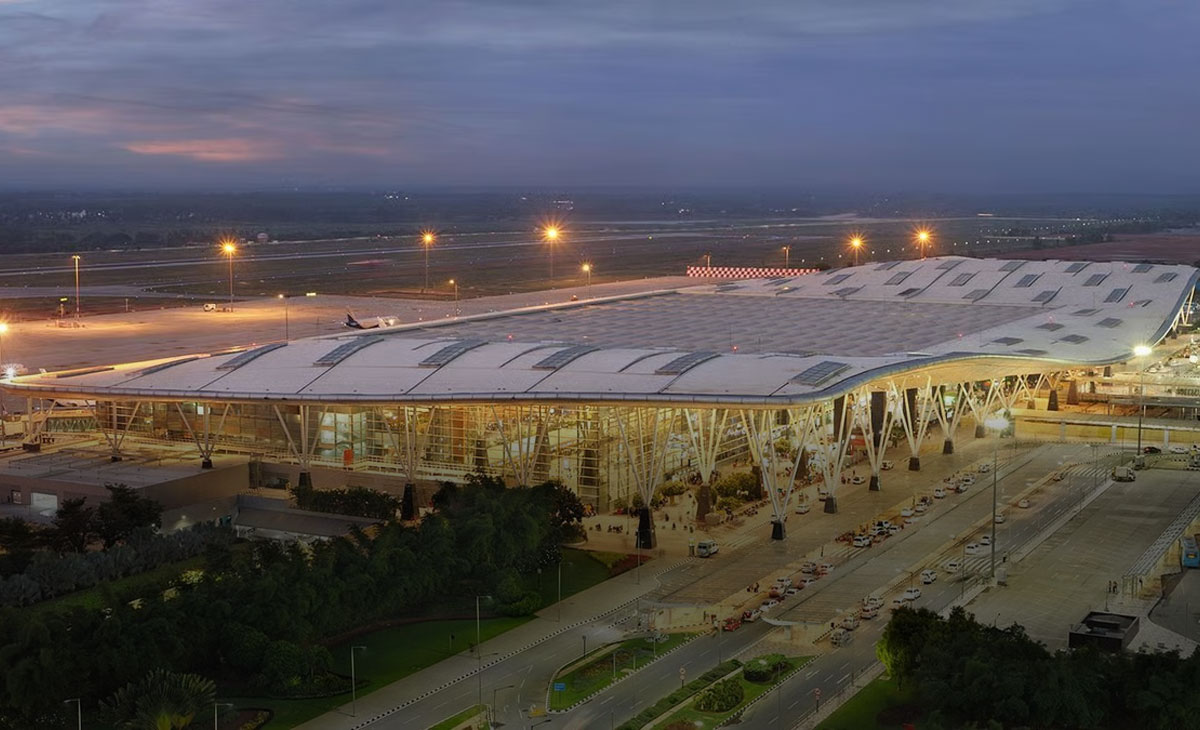
Elevated western cross-field taxiway at Kempegowda International Airport (KIA), Bangalore
The BIAL project involves the construction of a new elevated taxiway that will connect the existing north and south runways, spanning approximately 1.4 km. Scheduled for completion in three years, the project will require around 200,000 cubic meters of concrete, utilizing grades ranging from M15 to M60. The project is just started and they have lifted around 650 MT of GGBS till date.
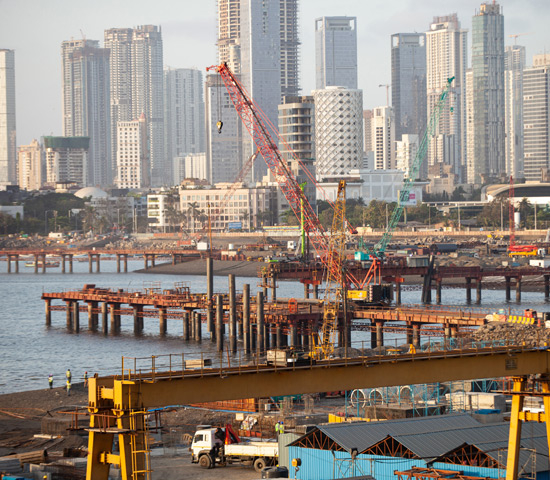
Mumbai Coastal Road
The Coastal Road is an under
construction 8-lane, 22.2-km long freeway that would run
along Mumbai's western coastline connecting Marine Lines in
the south to Kandivali in the north. The Coastal Road is
projected to be used by 130,000 vehicles daily and is
expected to reduce travel time between South Mumbai and the
Western Suburbs from 2 hours to 40 minutes.
Watch
Video
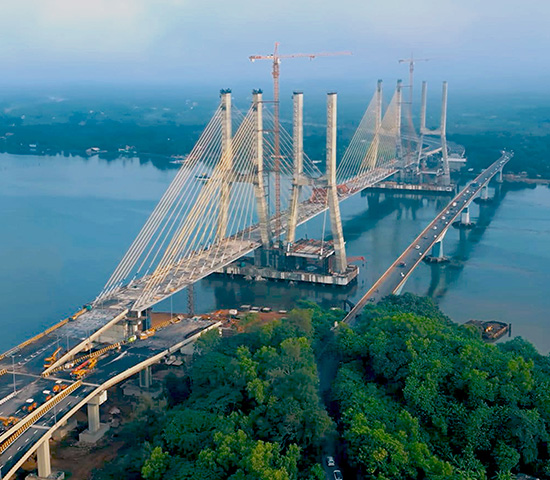
Zuari Cable-Stayed Bridge, Goa
The Zuari Bridge runs between
North Goa and South Goa, India. It carries the NH 66 over
the tidal part of the Zuari River, between the villages of
Agaçaim and Cortalim. It is a few metres downstream of the
Konkan Railway Bridge. The bridge is 4,019 feet long.
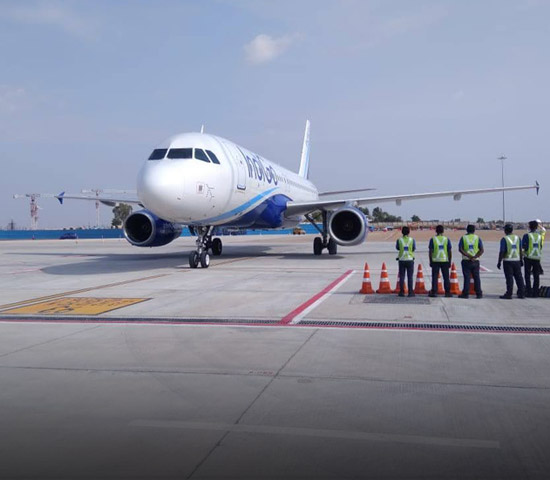
Bengaluru International Airport
This is one of our most iconic
projects, with which we put advanced construction technology
to use in ensuring superior experience for air passengers.
We have used 40% GGBS for the runway (approved by BIAL),
which reduces carbon footprint and acts as an example of
sustainable construction in aviation.
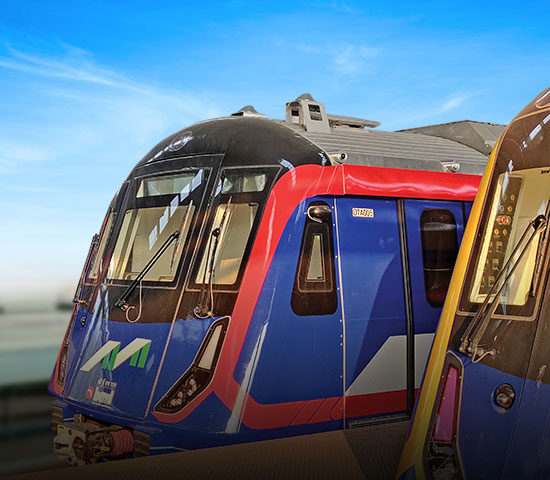
Mumbai Metro
We are proud to contribute to
the Govt. of Maharashtra’s endeavours of building better
public transport infrastructure for the citizens of Mumbai.
Our Steel and
Cement adds strength to the vision of transforming lives
towards a greener future.
We extend our sincere thanks to the
MMRDA for trusting the world
class products from the house of JSW for Metro Line 2A
(Dahisar to
DN Nagar) & Metro Line 7 (Dahisar E to Andheri E).
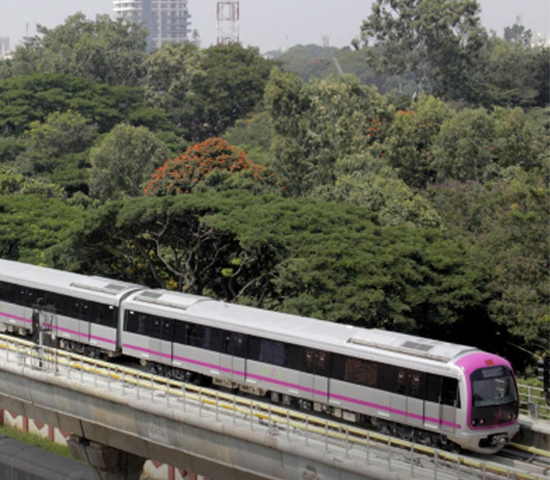
Bengaluru Metro (Namma Metro)
Bangalore Metro, popularly known
as 'Namma Metro' is the project implemented by Bangalore
Metro Rail Corporation Limited (BMRCL). JSW has supplied
GGBS for this project since 2016 and has never looked back,
as it continues to be an integral part of the ongoing BMRCL
project phases till date. The current project of Namma Metro
includes 3 Phases- Phase 2, Phase 2A and Phase 2B. Total
61.4 km (13.88 km UG and 47.52 km Elevated) of Phase 2
connects- Baiyappanahalli to Whitefield; Kengeri to
Challaghatta; Nagasandra to Madavara (BIEC); Bommasandra to
R.V Road and Kalena Agrahara to Nagawara.
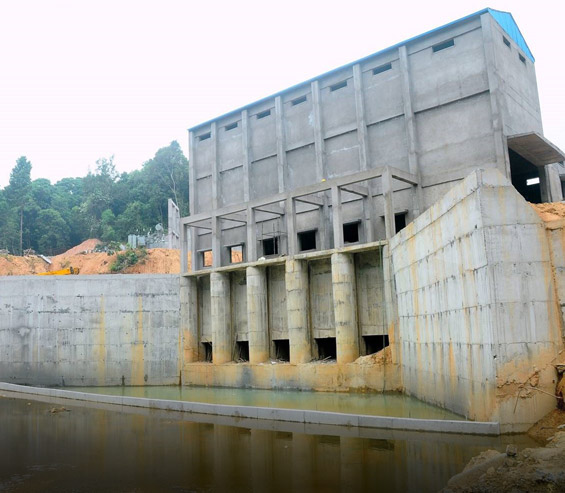
Tumkur Yettinahole Aqueduct Project
The purpose of the project is to
enhance drinking water supplies but diverted flows will also
be used for irrigation and industrial activities. Usage of
up to 25% GGBS for the U- shaped trough and 50% piles and
pile cap makes the structure eco-friendly.
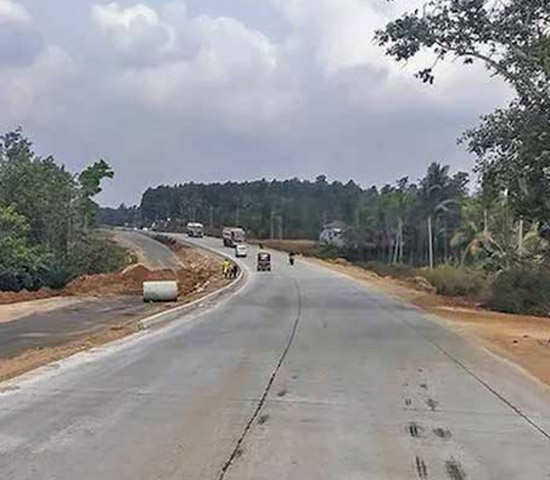
Bangalore Mangalore National Highway
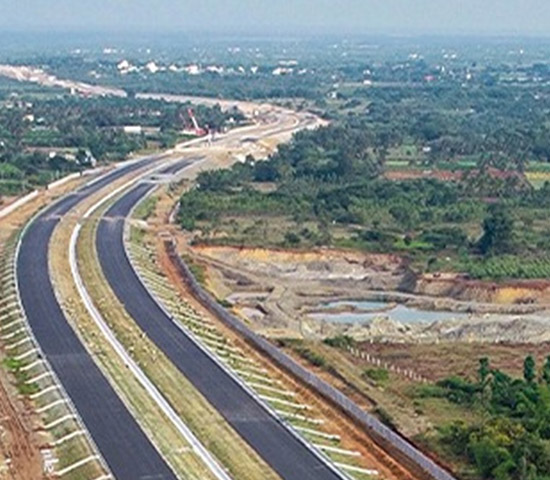
Bangalore Chennai Expressway
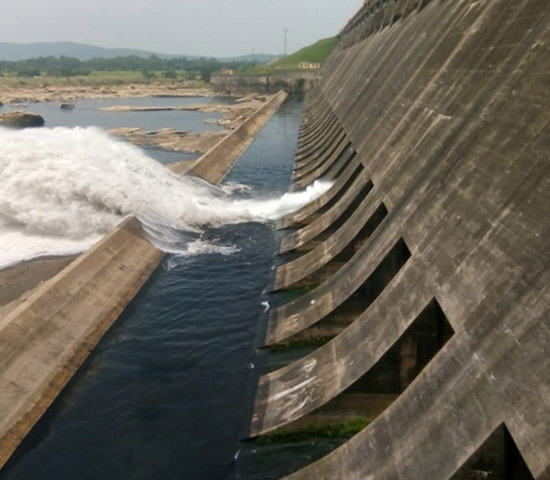
Hadua Dam Project in Odisha
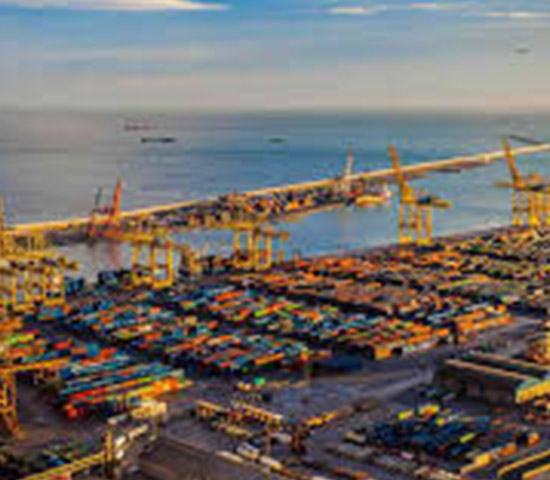
Paradip Port

Vadodara Mumbai Expressway
How CO2 emissions saved is calculated
For 1 MT of OPC, 0.74 MT of CO2 emitted
(reference: Benefits of Blended
Cement- A report by GCCA India)
For 1 MT of GGBS, 0.60 MT of CO2 emitted*
For 1 MT of PSC, 0.325 MT of
CO2 emitted*
Difference for GGBS: 0.74-0.60=0.68
Difference for PSC: 0.74-0.325=0.415
Qty of Material supplied*difference
*The ref. are from Published EPD of JSW cement.
















